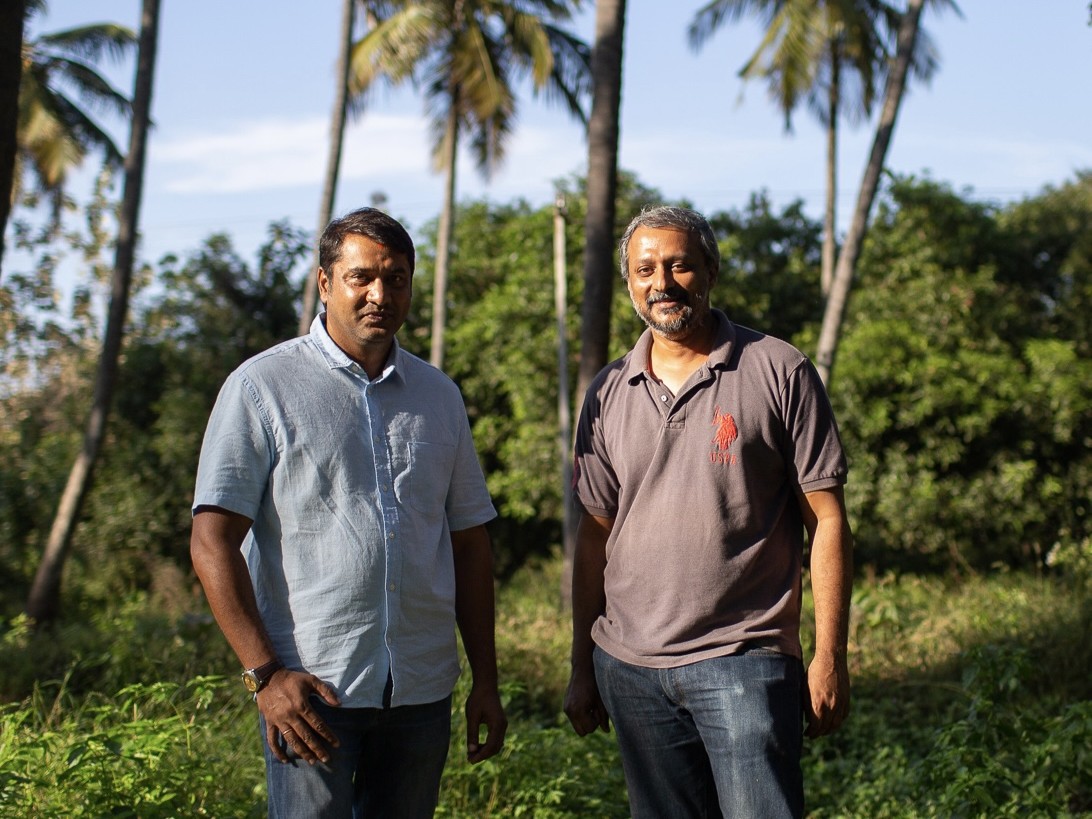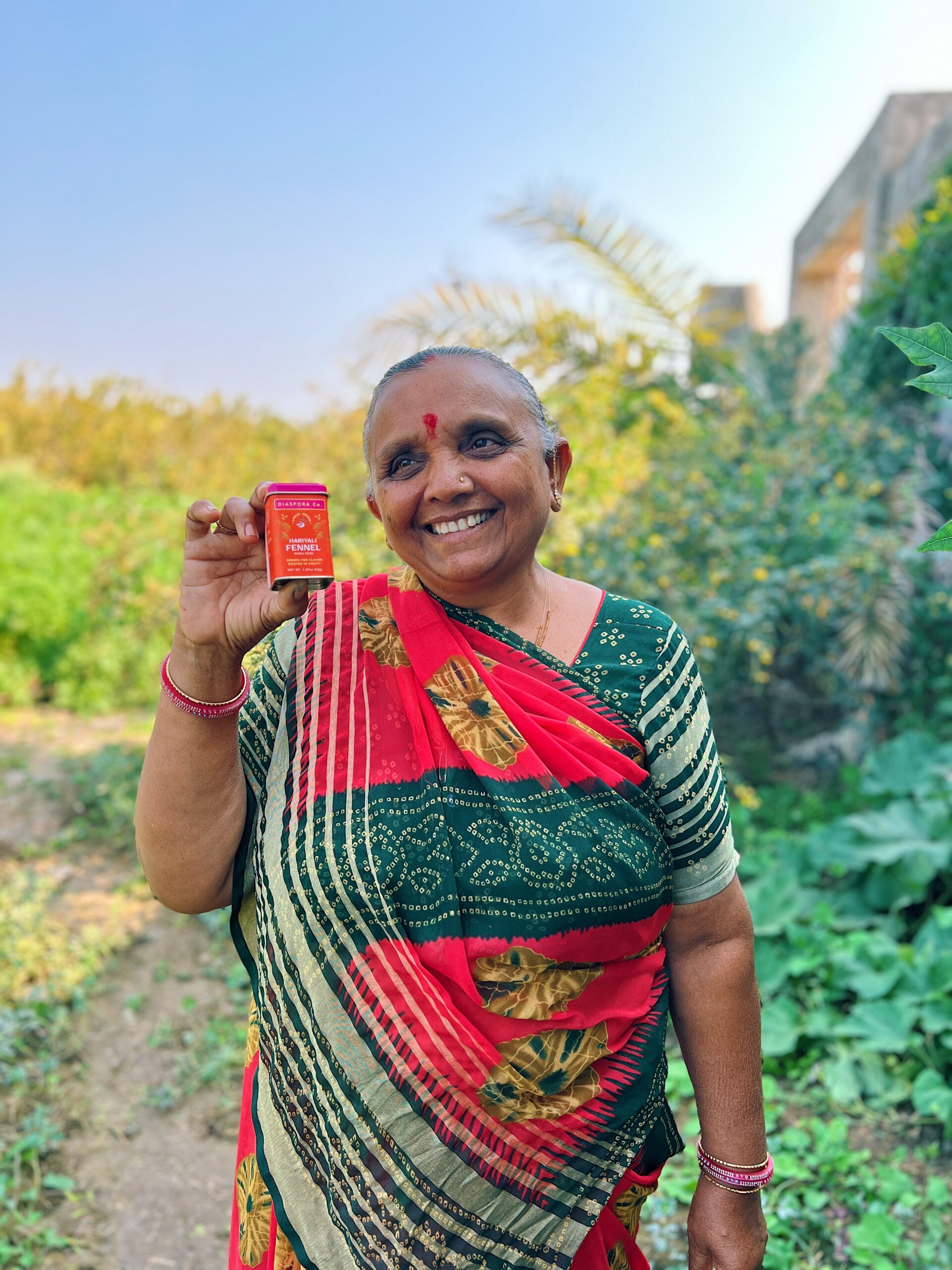How can we finance the clean energy revolution? Sunwealth’s answer: community-based solar projects that invite everyone’s participation in the new energy economy. RSF is proud to finance Sunwealth’s efforts to extend clean energy – and energy savings – to communities across the country.
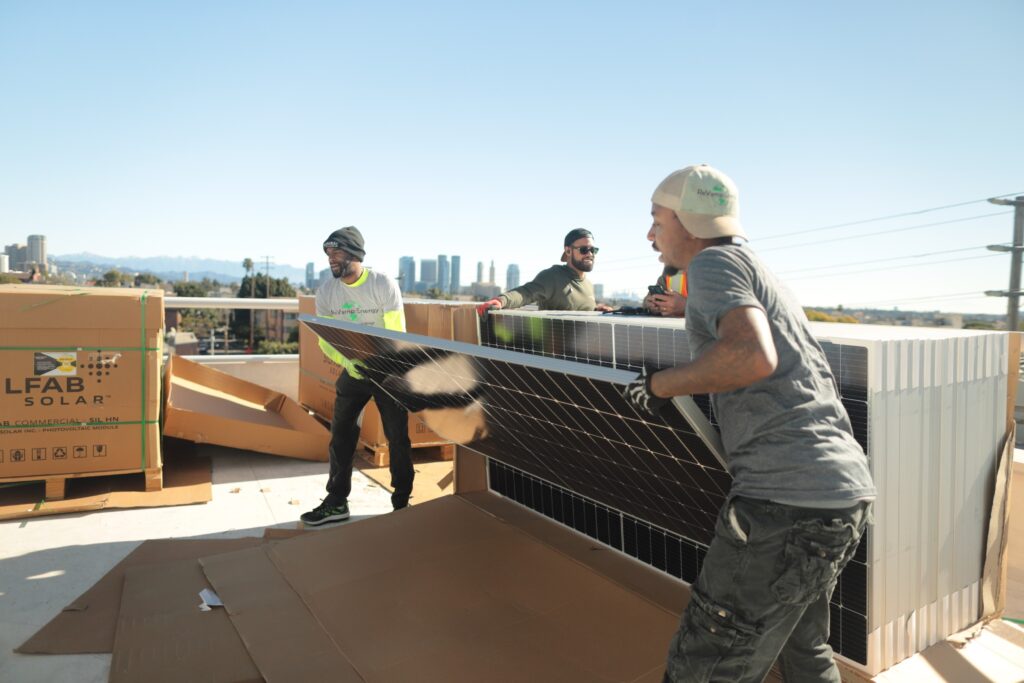
Solar power: moving from extractive to regenerative
Today, the overwhelming majority of the United States’ energy comes from non-renewable resources like coal, petroleum, and natural gas.
The negative impacts of these fossil fuels are well-documented. They produce greenhouse gases that accelerate climate change. They pollute air, soil, and waterways. They sicken people in the communities where they’re produced.
They’re also unsustainable. If we were to tap into all of the fossil fuels available on the planet – an effort which would have disastrous ramifications for the climate – we’d run out of fossil fuels in a matter of decades.
Fortunately, there are other ways to meet our growing population’s energy needs: renewable sources like solar power. Solar’s benefits are just as well-documented. It produces energy without producing greenhouse gases. It saves people money. And it leverages the power of resources that will never run out.
RSF borrower Sunwealth describes itself as “a clean energy investment firm on a mission.” That mission? To make sure that everyone can reap the rewards of a transition to solar power.
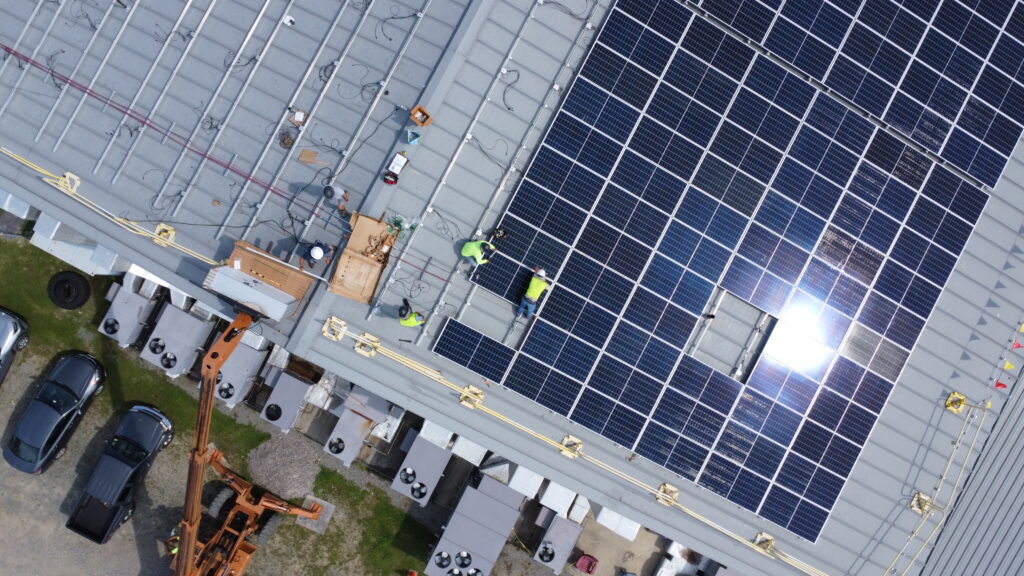
A place for everyone in the clean energy revolution
For Sunwealth’s CFO Omar Blayton, the challenge isn’t just expanding solar power. It’s expanding it to everyone – regardless of their income, race, native language, or credit score.
“We want to broaden the aperture and bring as many people as possible into this new economy,” says Blayton. “We want to democratize the benefits of solar.”
In the conventional solar market, as in so many other industries, “business as usual” practices mean that more solar panels get built in wealthier – and, usually, whiter – communities.
It’s great that those communities are transitioning to renewable energy. However, it’s not good that low-income communities and communities of color are left out.
These communities are much more likely to be located near toxic power plants or in regions vulnerable to climate change. They’re also the communities that could benefit most from the long-time savings earned by solar power.
Extending the benefits of solar to these communities isn’t just a climate issue – it’s a justice issue, too.
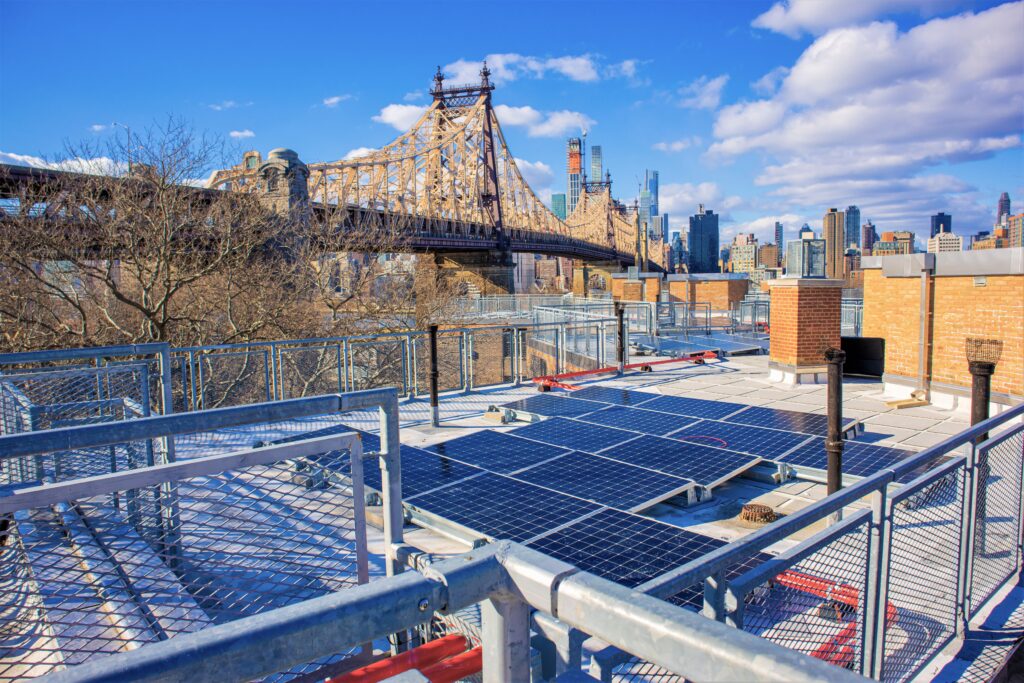
The Sunwealth solution: community-based solar
To extend solar power to the communities that had historically been ignored by the solar industry, Sunwealth turned the solar financing model upside down.
Like many clean energy investment firms, Sunwealth offers financing to developers that install solar arrays on homes, businesses, and other institutions. What sets them apart is their approach: a model they call community-based solar.
At every stage of the projects that Sunwealth finances, they put community first. They intentionally prioritize partnerships with locally-led developers, creating solar jobs in the communities they serve. They offer their intake forms in multiple languages to make sure that non-English speakers can access their products. And they structure deals in ways that work for individuals with low credit scores, small businesses without SAP ratings, and nonprofits providing essential services to their communities.
Many conventional solar providers view deals like these as too risky. “They’re leaving off a whole swath of creditworthy potential customers who really could use these energy savings and these benefits,” says Blayton, “primarily because it is seen as ‘just too hard.’”
But in its 11-year history, Sunwealth has never experienced a default. Blayton thinks that Sunwealth’s approach is a major factor. He challenges the conventional “wisdom” that deals in lower-income communities are inherently risky. Instead, he proposes, “How about you charge them less for their power, and they become less risky and pay you back?”
“We’re providing solar energy, but at the end of the day we’re really providing savings,” Blayton continues. “You’re making these institutions and individuals stronger. And the more savings you provide them, the less they have to spend on electricity and more they have to do whatever else they need to do.”
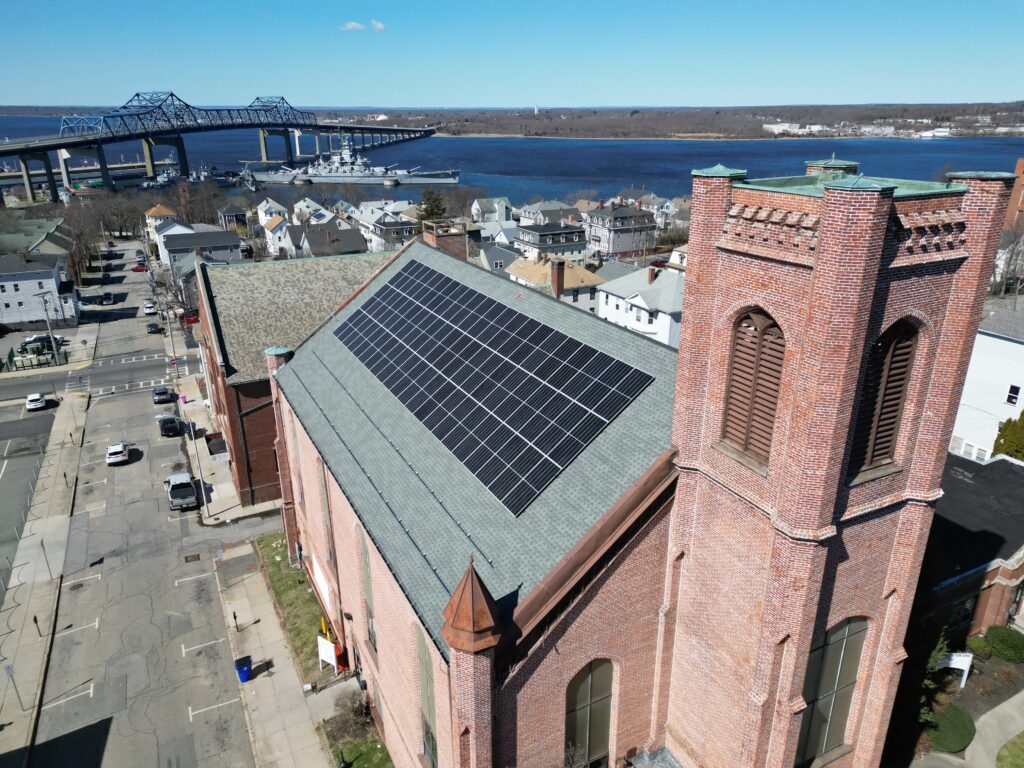
Financing the growing community solar movement
To finance community solar projects, Sunwealth needs its own financing from mission-aligned investors – investors like RSF.
We started financing Sunwealth in late 2022. Since then, we’ve provided Sunwealth with $13 million in financing, marking our greatest-ever support of a social enterprise in our 40-year history.
With this capital, Sunwealth has supported more than 52 solar installations at community-serving organizations across the country, including schools, churches, a children’s music camp in Maine, and New York City’s largest affordable public housing development. Each of these projects ensures that a vital institution can benefit from clean, renewable power – and save money that it can reinvest into the community it serves.
To date, Sunwealth’s projects have created over 2,000 lifetime job years and $196 million in revenue for local solar developers and installers. They’ve generated $150M in lifetime savings for the consumers served by those projects. And they’ve prevented more than 1.6 million metric tons of carbon from being released into the atmosphere as greenhouse gases.
These numbers are impressive. But Sunwealth isn’t stopping there. They’ve set the goal of $1 billion in new projects by 2029.
How do they get there? “Through flexible capital that gets it,” says Blayton.
To reach that target, Sunwealth knows it needs to crowd in money from traditional sources. And to crowd in that financing, it needs mission-aligned, progressive investors like RSF to take the first big bets. We’re proud to have helped prove that investing in community solar is a bet that pays off.
“Things like the Department of Energy [a federal government deal that is helping Sunwealth expand into new markets] wouldn’t have happened without RSF,” says Blayton. “When the core-aligned parties keep their support…that allows us to push the edges.”
Want to learn more about how RSF supports social enterprises like Sunwealth?
- Learn more about our investments in climate and energy solutions
- Learn more about our financing options and how to apply for a loan for your enterprise
- Learn more about how you can support impact like this by investing with RSF
